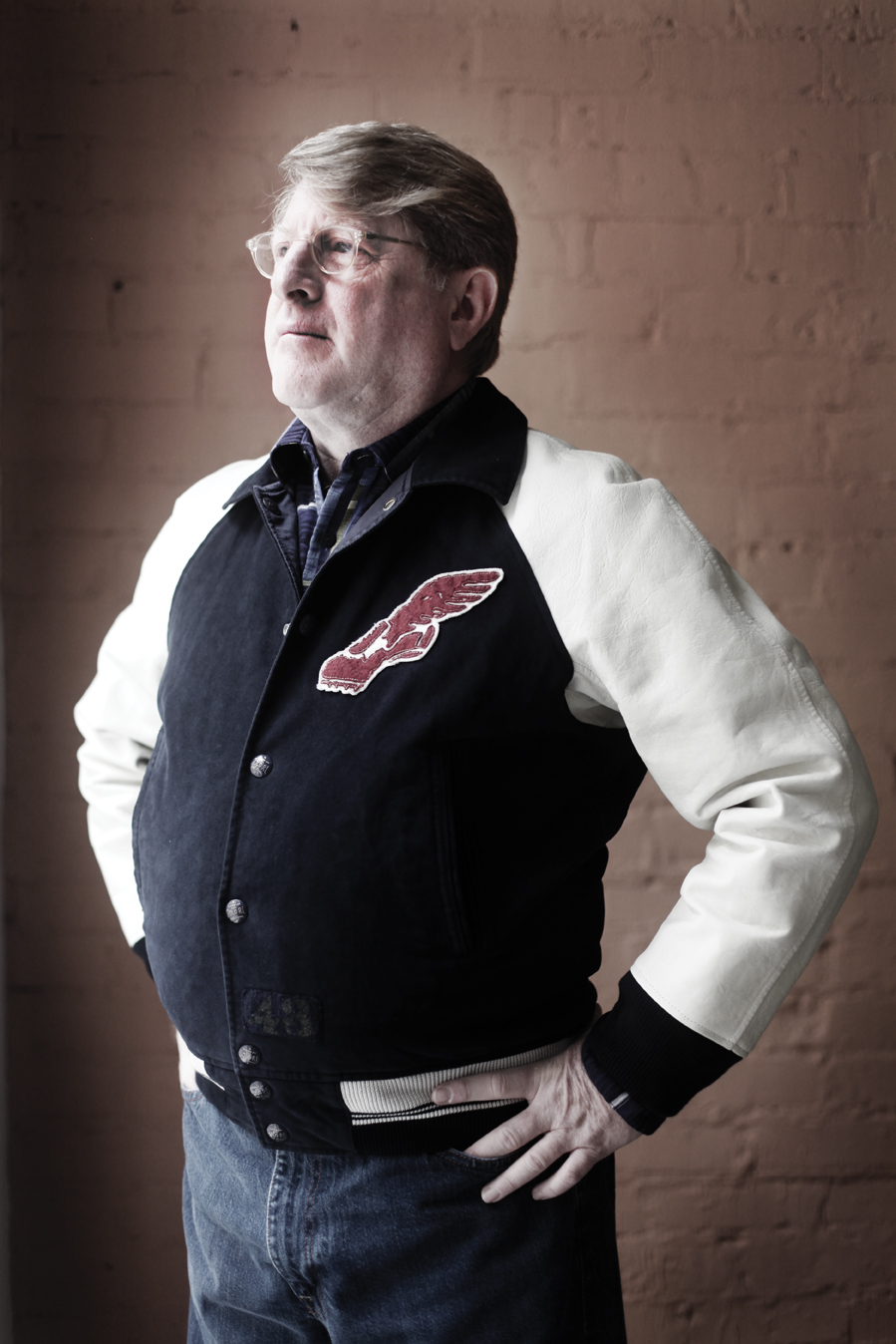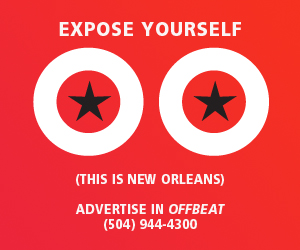As the founding producer of the New Orleans Jazz and Heritage Festival, Quint Davis has been at the epicenter of the Jazz Fest universe for as long as the festival has existed.

Photo by: Elsa Hahne
Well before the gates opened for the first Jazz Fest in 1970, the idea for the festival that would go on to draw in hundreds of thousands of music devotees each year blossomed in his mind and heart.
There have been 44 Jazz Fests since that inaugural celebration of New Orleans music, culture, food, and musicians, but Davis doesn’t really think of Jazz Fest as his baby, which may be a good thing since that baby would be approaching middle age.
To Davis, the progression of the festival has been much more organic than that.
“We used to talk about how the festival has ‘grown up’ and this and that,” he said. “I just think of it like a miracle. I’ve got to go back to all the people that build the festival. It’s this team.”
Davis said he is consistently amazed by the hard work and dedication of the team that works on the festival every year, especially people like site director Tague Richardson, who has been literally building Jazz Fest for the past 40 years.
Even more amazing than the longevity of the Jazz Fest team is how much knowledge had to be learned on the job, Davis said. After all, the only way to practice putting on a massive music festival is by actually putting on a massive music festival.
“We weren’t hampered by what we didn’t know,” he said. “We just figured, ‘Oh, 10 stages? We can do that.’ This group of people that came together, grew up together, and became, in their own fields, the best people in the business.”
It’s been a while since Davis talked about the founders of the festival creating a second generation of the Jazz Fest family by having children. Now he talks about the “Jazz Fest grandkids” running amok through the Fairgrounds each year.
Much like the big name, national touring acts that Davis wrangles to the stage each year, the exact chemistry that binds together the Jazz Fest team and has made them so successful is impossible for him to pin down.
“It’s a little bit like U2 or the Rolling Stones or the Beatles,” he said. “Kids met when they were kids and played in little clubs, and 50 years later, those kids turn out to be the best bands in the history of the world. Well, who knew when they were kids playing in the bar? That’s how we are.”
No one could have accurately predicted a major economic and tourism driving force emerging from the echos of the very first Jazz Fest. The first year was so poorly attended that school children had to be recruited to fill out the crowd at the Municipal Auditorium.
“There were 80 or 100 people, maybe,” Davis said. “Joyce [Wein] went into the Quarter to McDonogh 35 and asked them if they could do a field trip because there were so few people there.”
Davis said he shook hands with every person in attendance in 1970, but in the intervening years, he said tens of thousands of people have sworn to him that they were there the first year despite never having met him.
The real secret to the success of Jazz Fest lies in its willingness to evolve, according to Davis. The festival and the team that runs it have stayed current throughout the years by remaining in a state of constant adaptation.
“The festival is the history of the future,” he said. “We always say that heritage is not just looking in the rear view mirror. It’s looking back, but also looking out the windshield at what’s coming.”
In keeping with that sense of perpetual adaptation, Davis has developed the ability to compartmentalize the sometimes overwhelming effects of more than four decades of “Jazz Fest moments” in a way that always leaves him ready for next year.
“When the festival is over, I remember things in it, in kind of a photographic way to remember stuff,” he said. “I remember it, but it almost immediately goes in the same time period as every other one. Within a few days, I remember it the same way as I would something from five years, or 10 years ago.”
Another Jazz Fest, filed away. Another one ready to begin.





